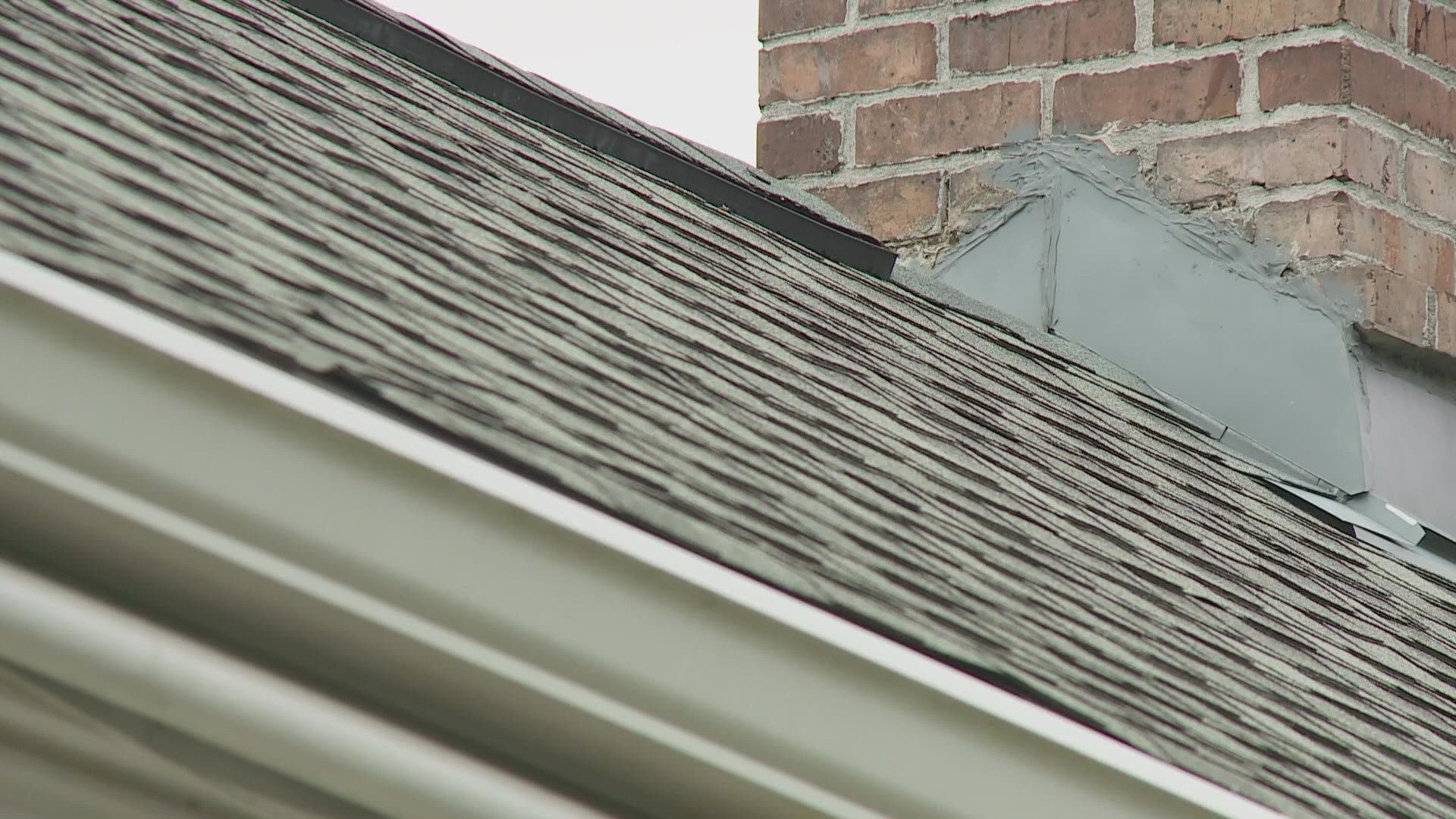NEW ORLEANS — Many of you had roof damage from Hurricane Ida. And it might not even be fixed yet.
So what would it mean to you if you could make it through this upcoming hurricane season with your roof fully intact?
There were 458,000 claims from Ida. Insurance companies paid and reserved more than $12 billion in claims.
Some insurance carriers left the market, or went out of business
The biggest cost is water coming in once the roof blows off, but on one uptown house, that is much less likely to happen.
After Hurricane Katrina, Dana Eness' uptown shotgun camelback, suffered roof damage. The problems trickled down, literally. There was structural damage, which caused an unknown slow water leak, which became a five-star resort for a termite colony. But, a few years ago, she heard about a fortified roof, and got one. Then Hurricanes Zeta and Ida blew through.
“Absolutely nothing. Not a shingle gone. It was absolutely perfect, and then as we walked around and saw the damage to the roofs in our immediate surroundings, we realized how fortunate we were,” remembers Dana Eness.
To this day, nearly nine months after Ida, houses on her block still wait for roofers with blue tarps covering the damage.
Les Robertson is the director of My Strong Home. The company has training for roofers, on the steps to take to put on a fortified roof, that is more hurricane resistant.
There are more and longer nails, a secondary water barrier, along with the tar paper, high wind resistant shingles with special adhesive on the edges and peaks. A drip edge keeps water from blowing up under shingles, and instead of the traditional metal whirlybird turbine vent, a more flat one is used.
“Fortified roof compared to a code compliant roof on an average home is about 10 to 12 percent more, so a $10,000 roof, another thousand,” said Les Robertson.
But that little extra, saves a lot.
“It essentially cut our homeowners in half, so we went from paying over $5,000 to paying about $2,500,” said Eness.
“As long as you're working with the right insurance company and agent, you could save 25, 35 percent on your homeowner's insurance each year. Plus, fortified adds about seven percent to the value of your home when it comes to resale time,” said Robertson.
But here's the problem. Very few local foremen have gone through the quick and inexpensive training.
The work is overseen by an evaluator, who's specially trained in fortified, and they can provide guidance. In one or two jobs, a contractor and their team, would have it down pat and be ready to go the next time,” he said.
If you already have a new roof, it can be made into a fortified one with a spray adhesive that's done underneath the roof. That takes the place of the secondary water barrier from inside the attic.

